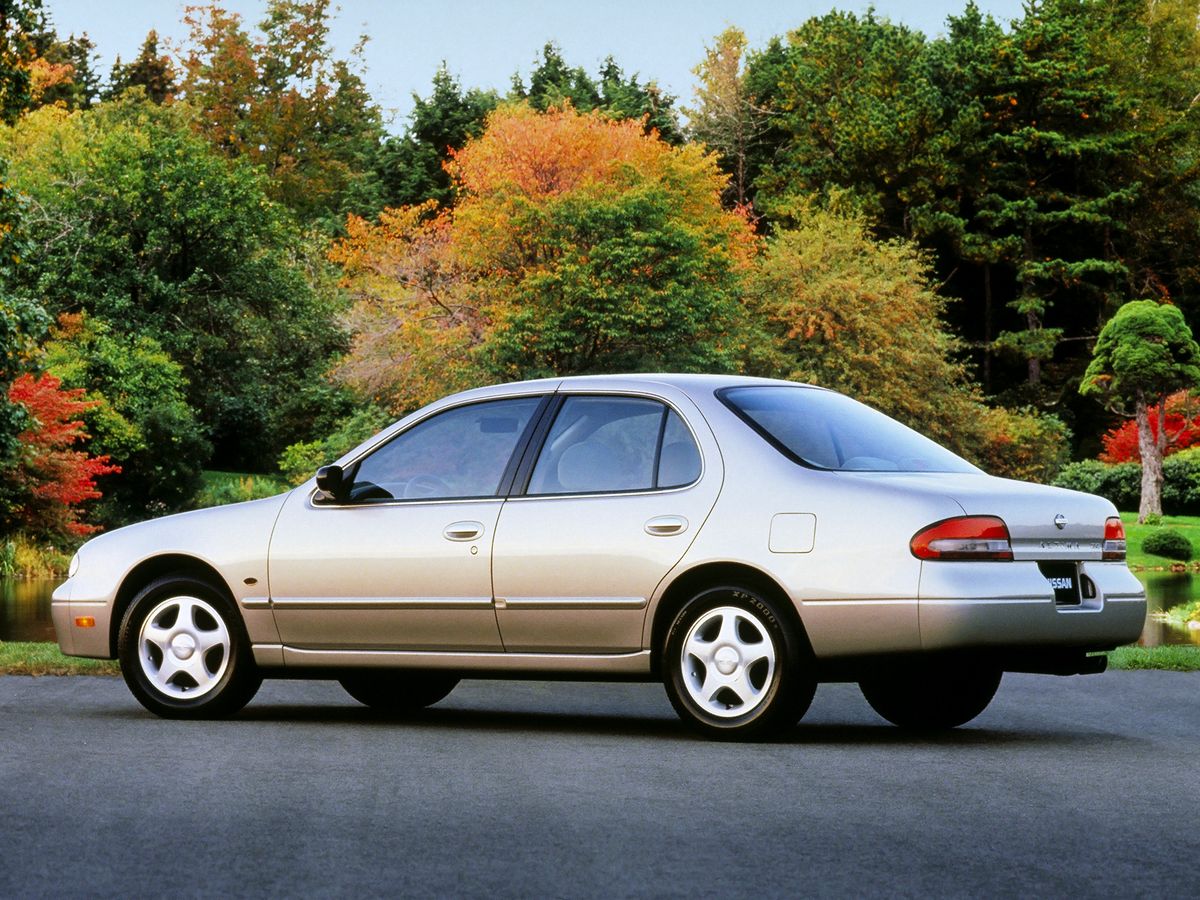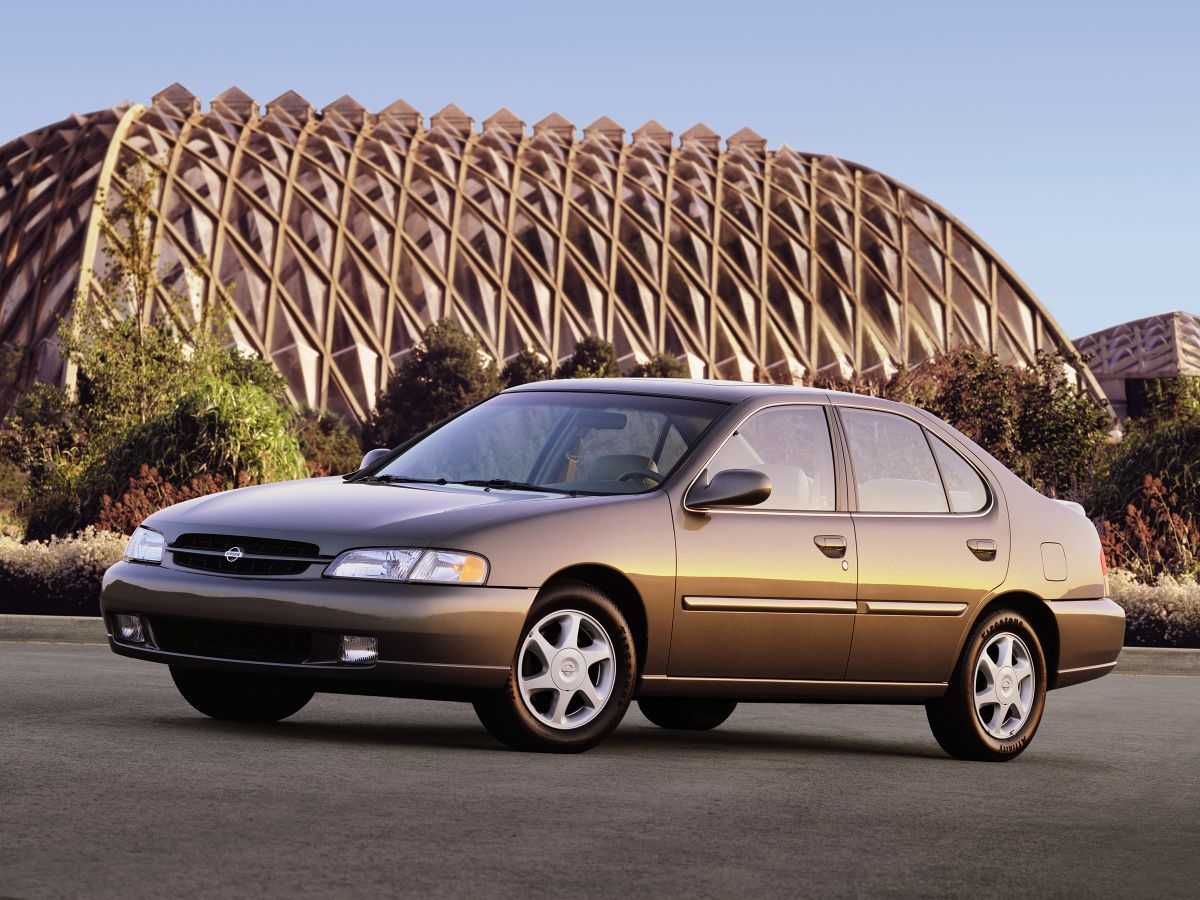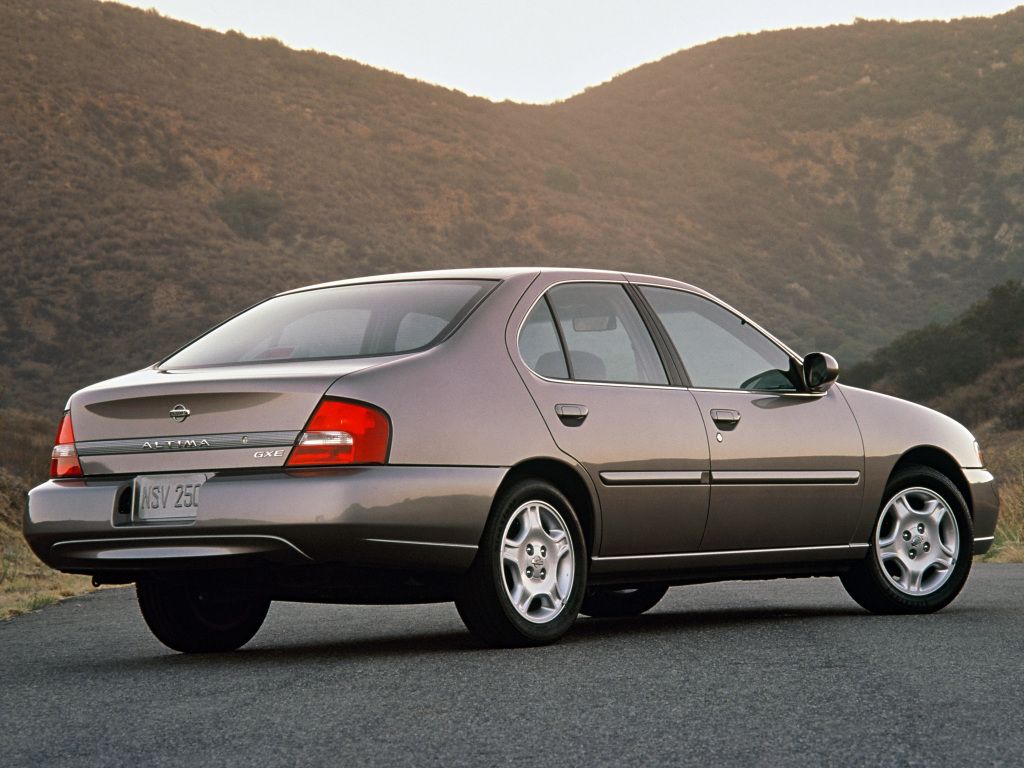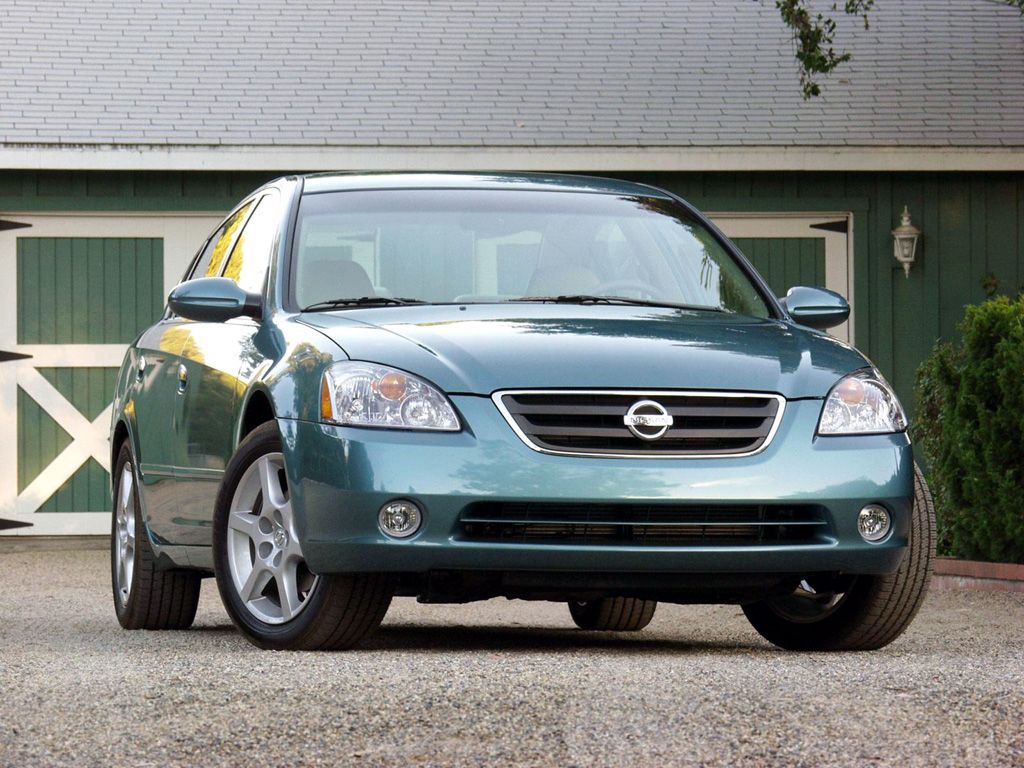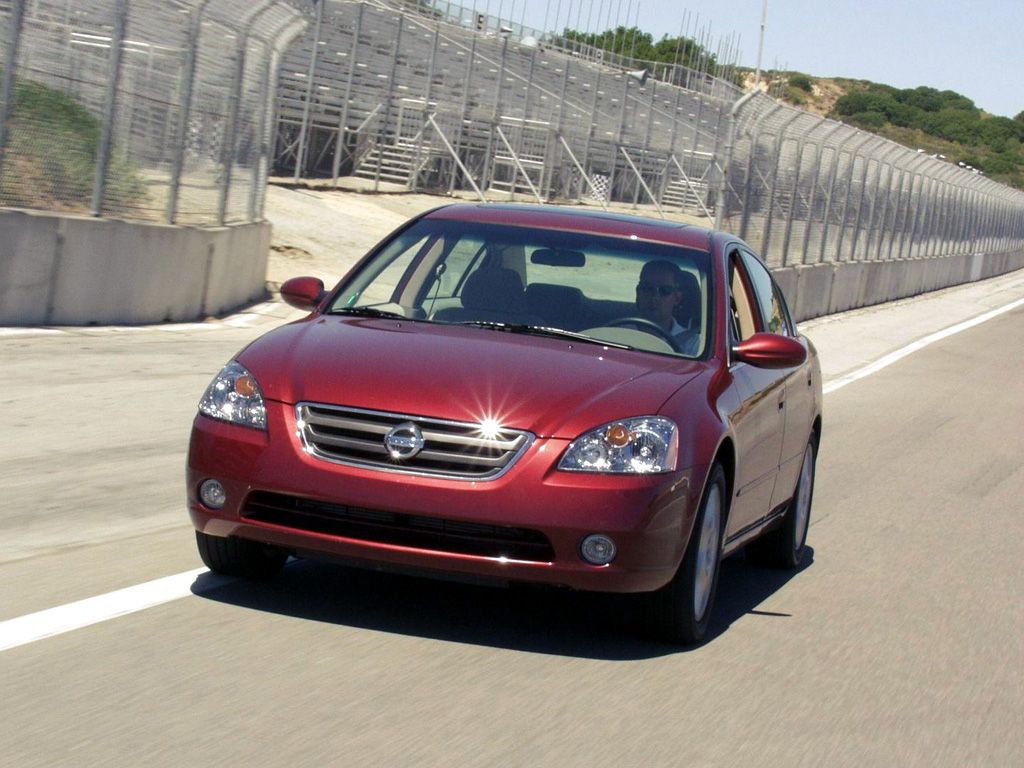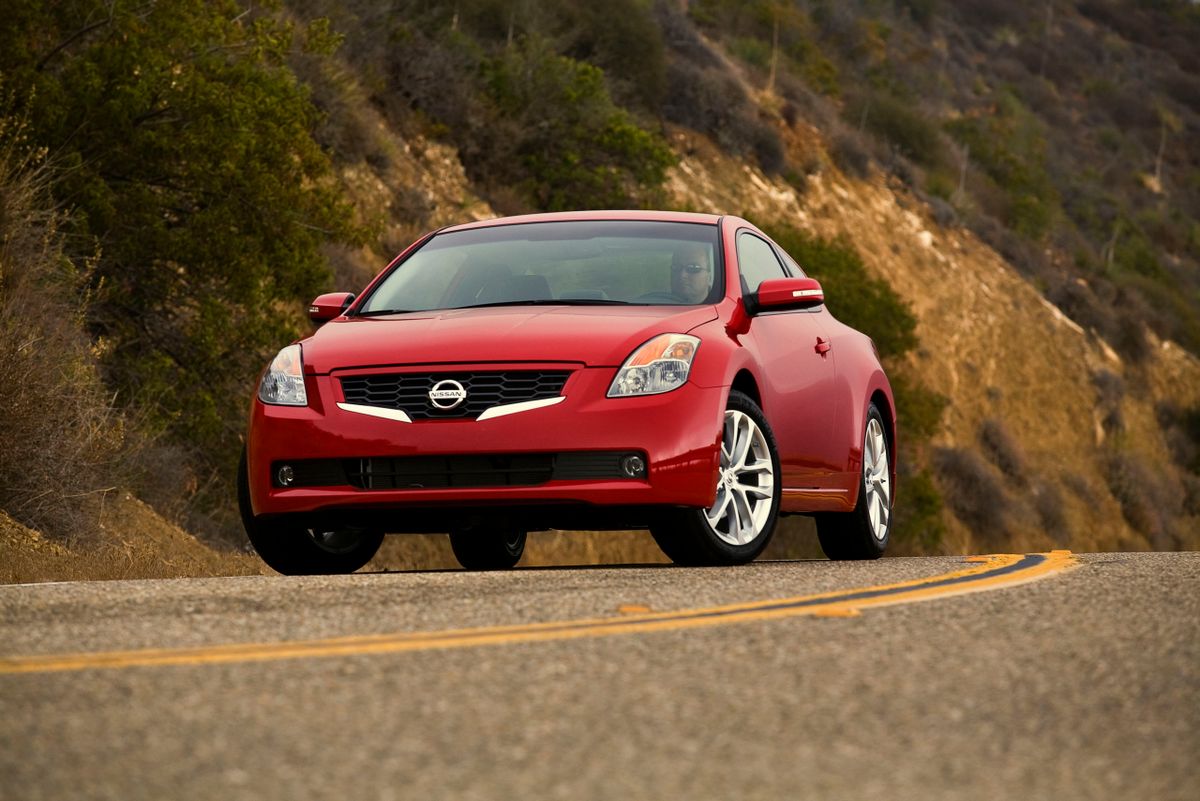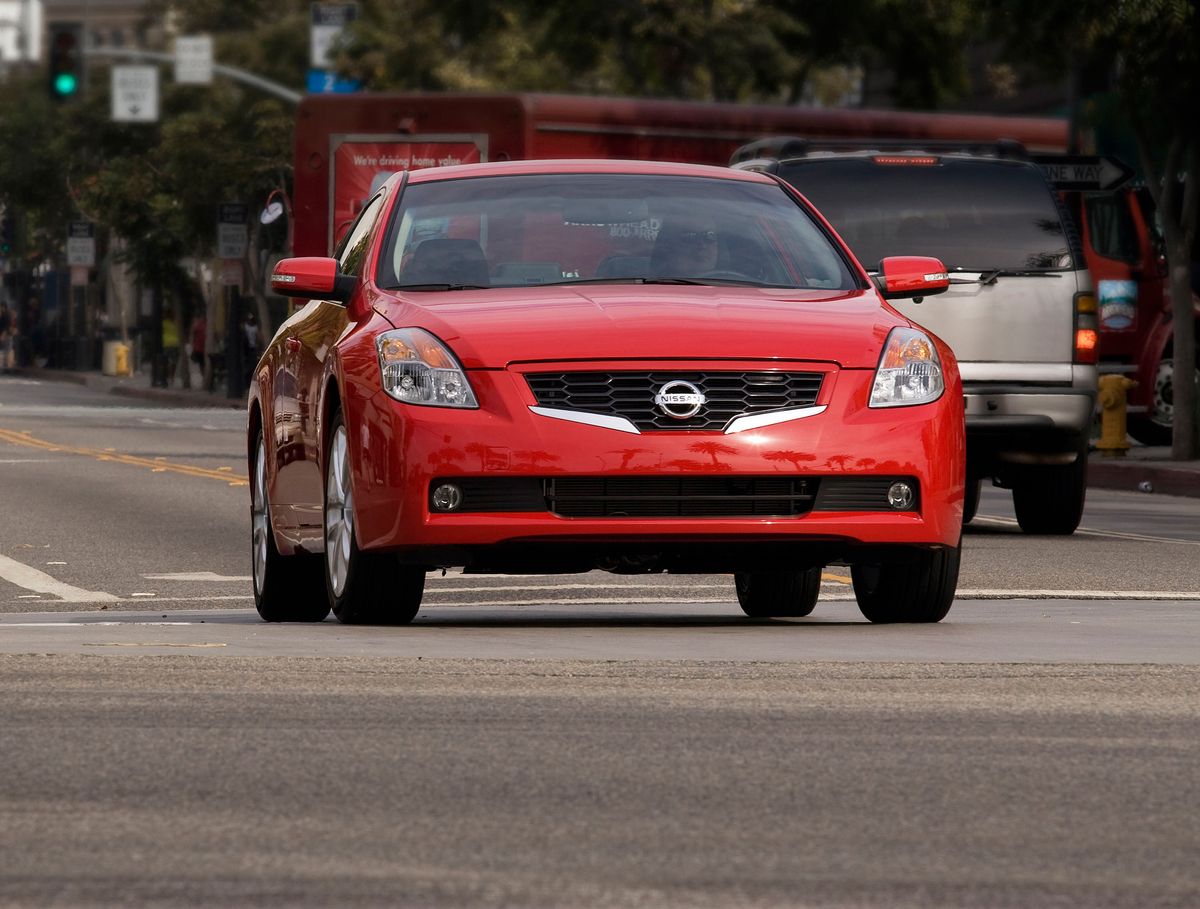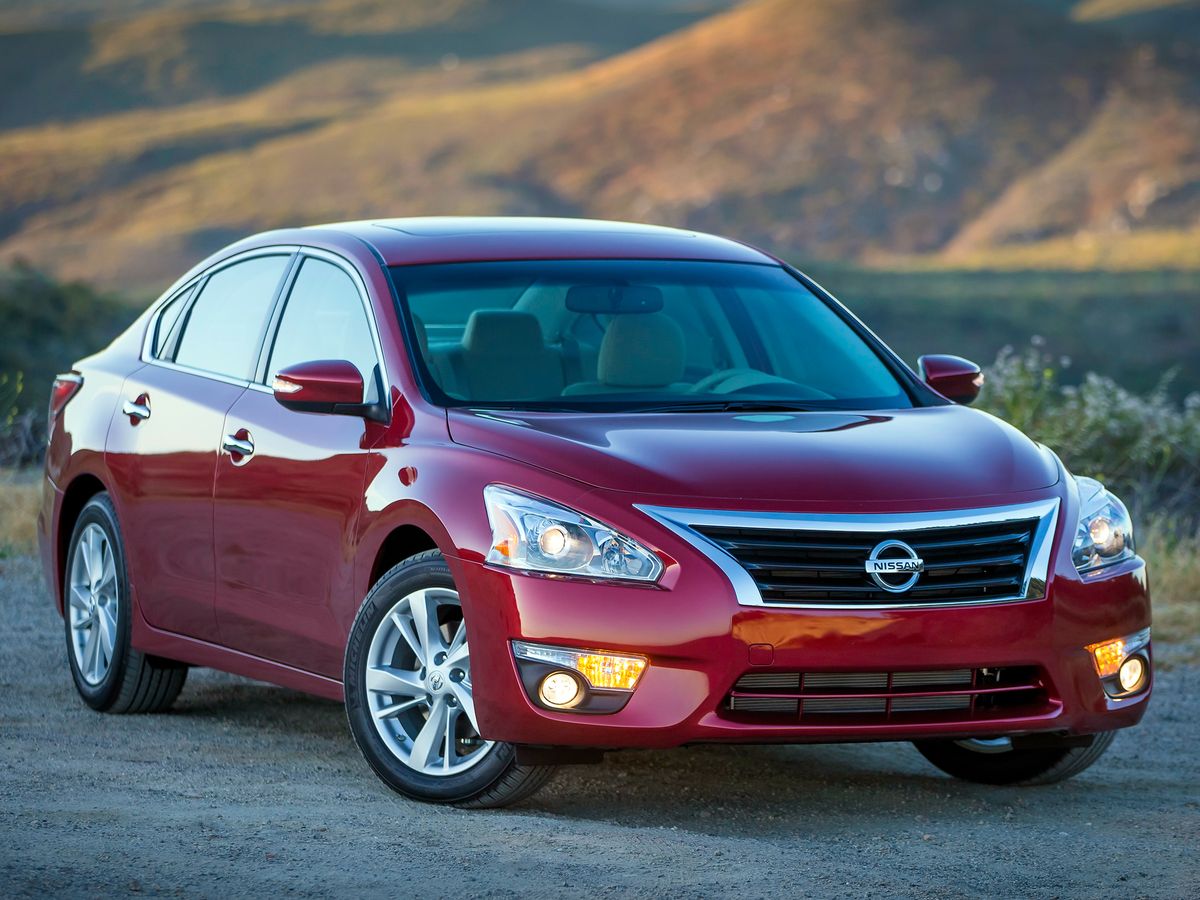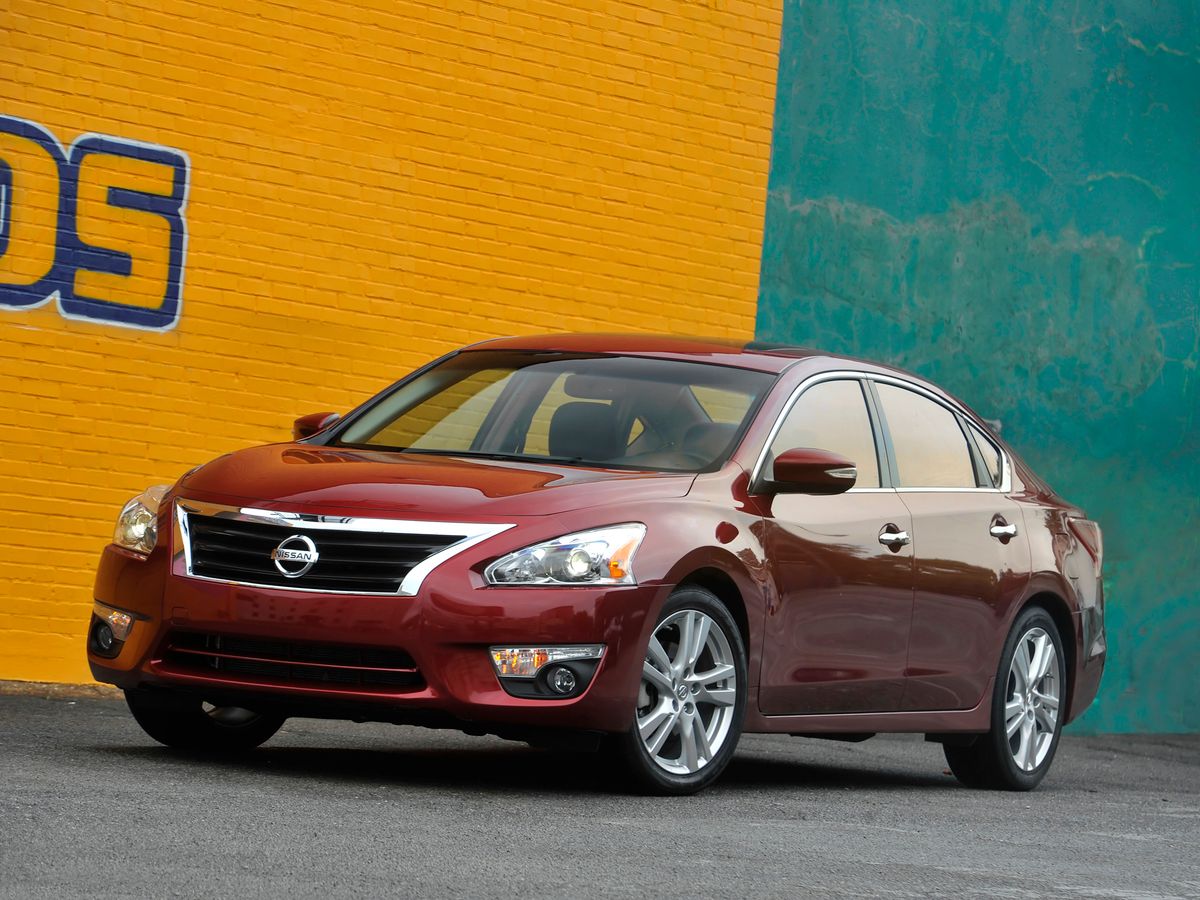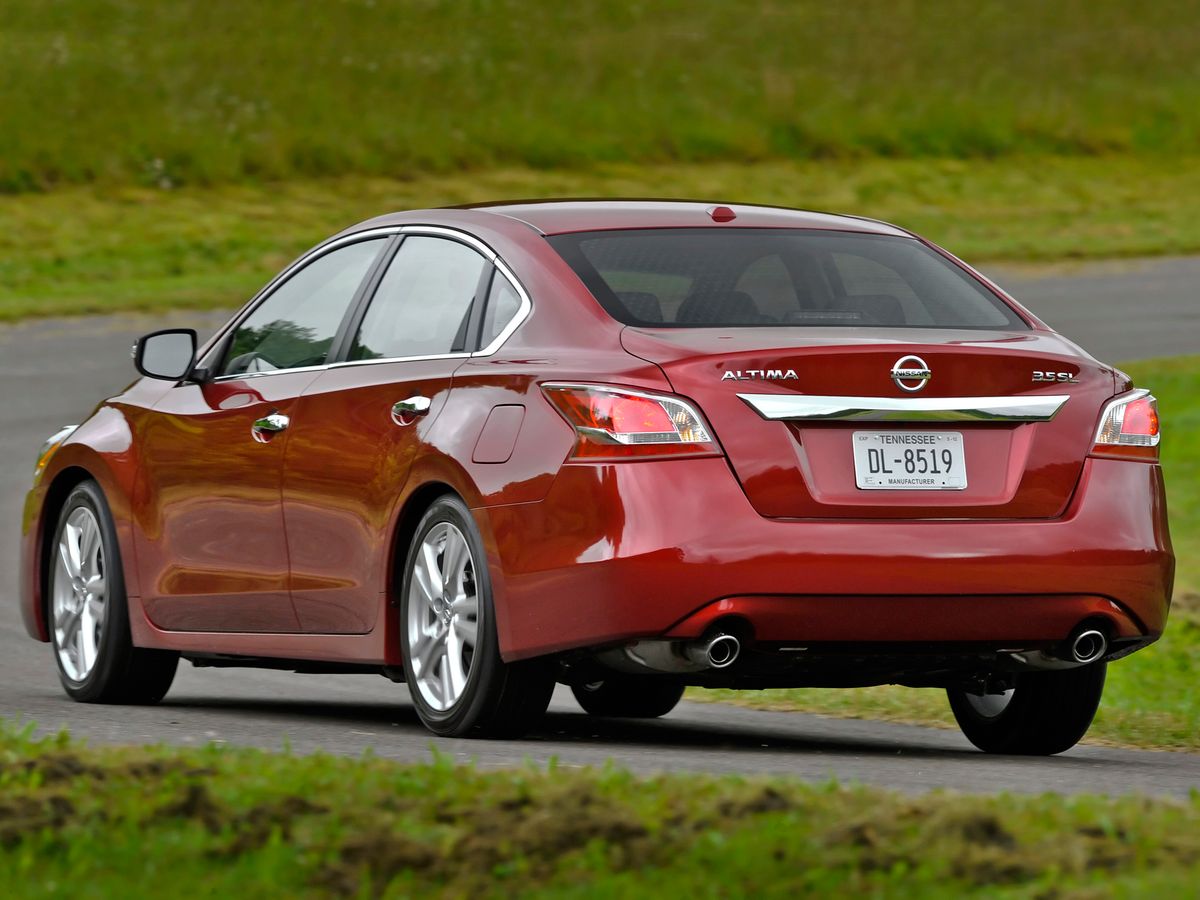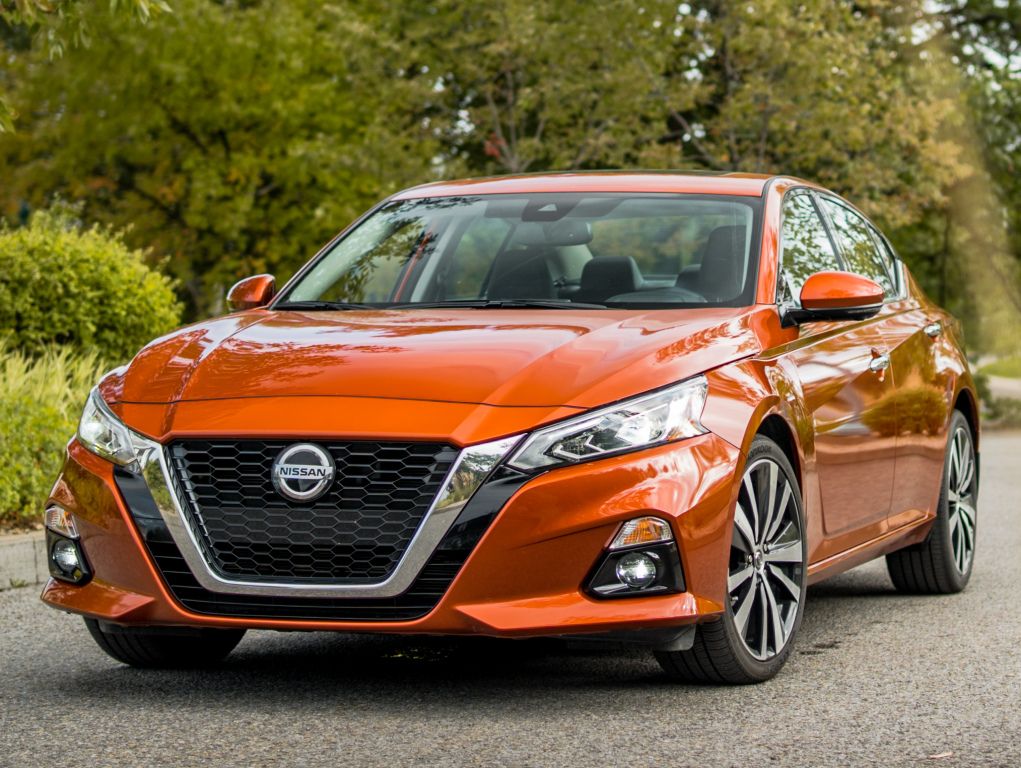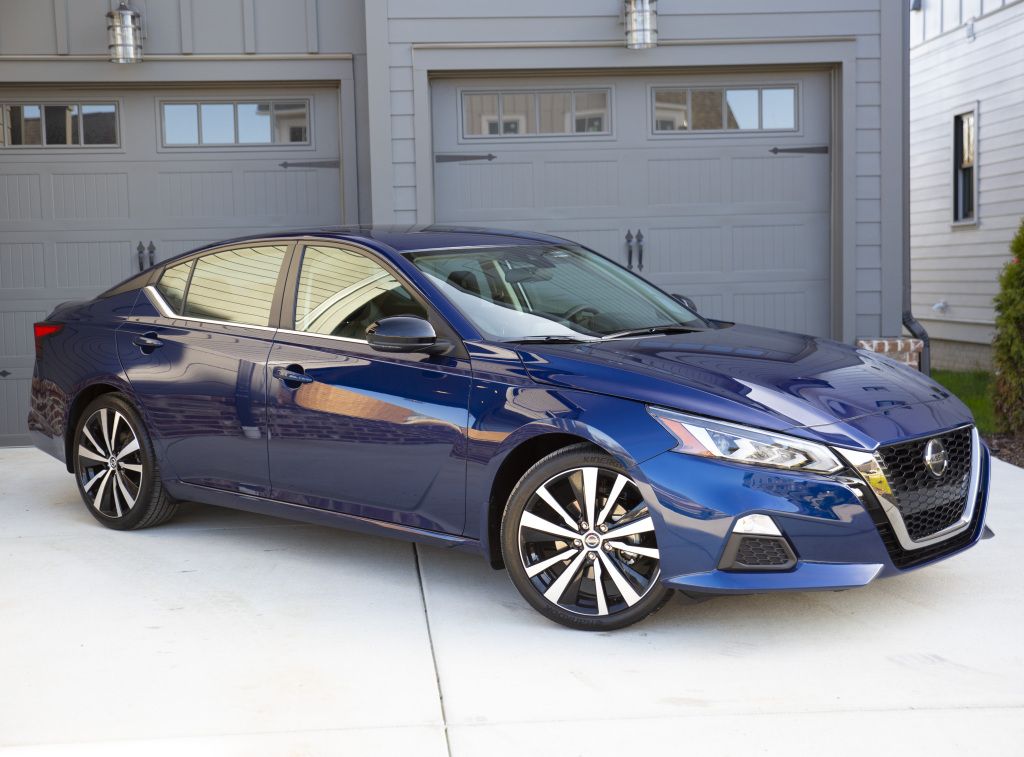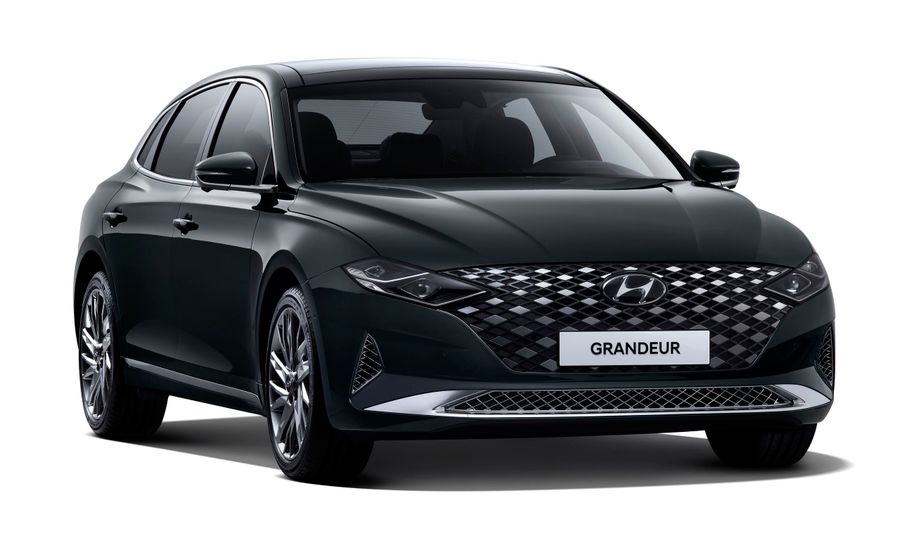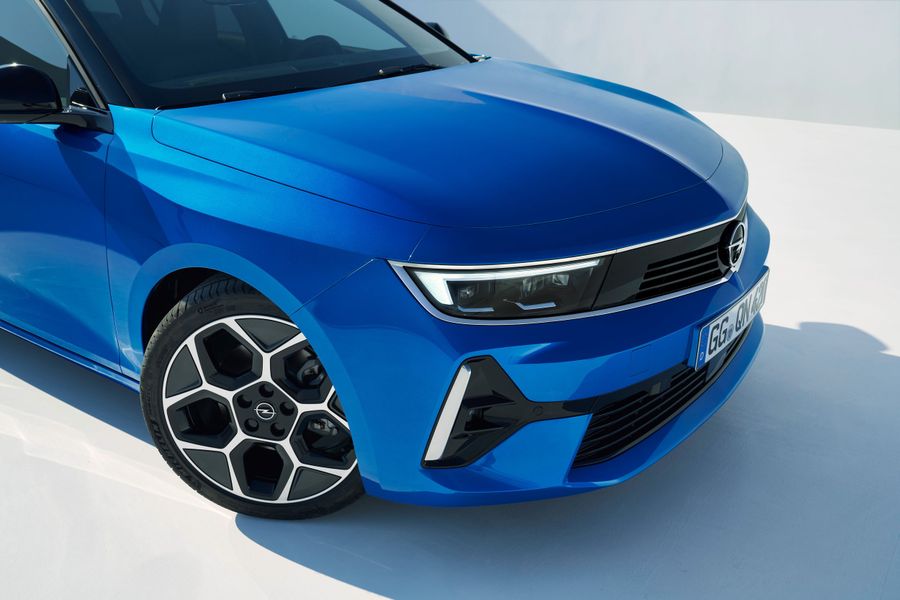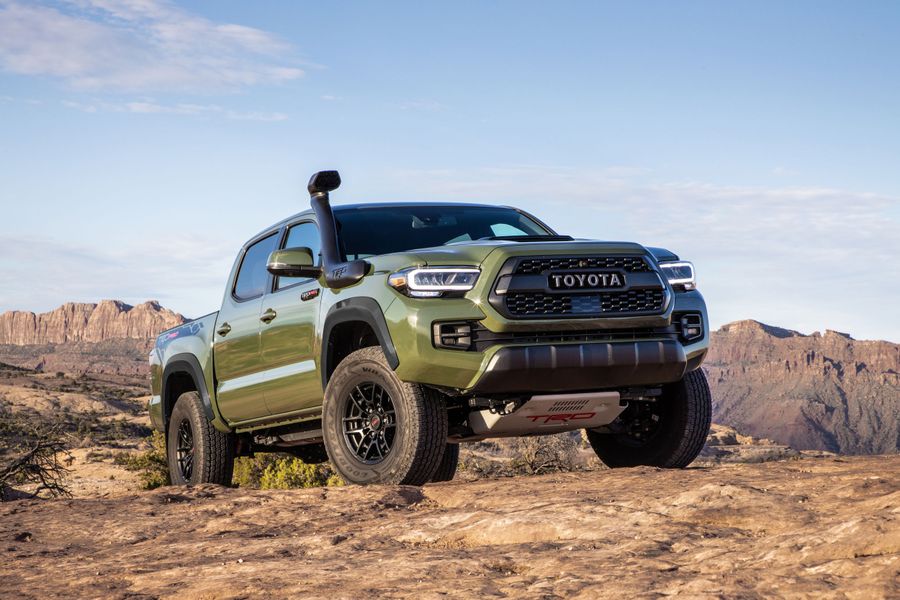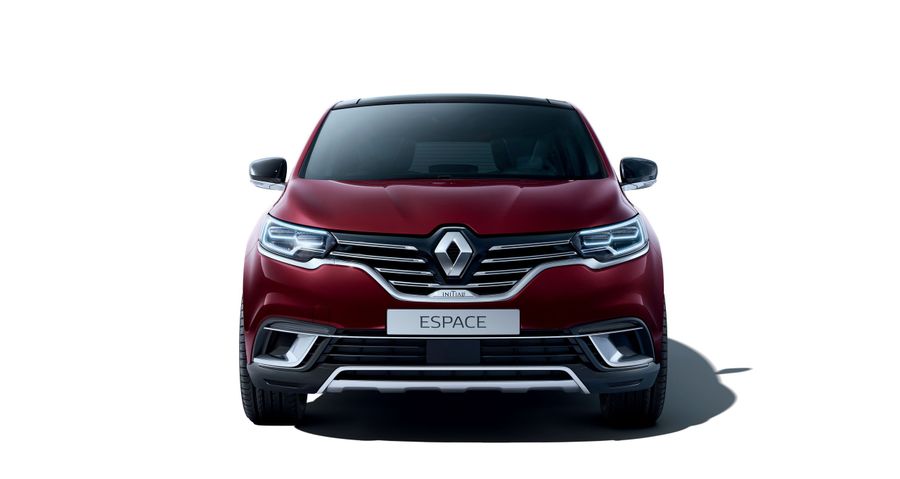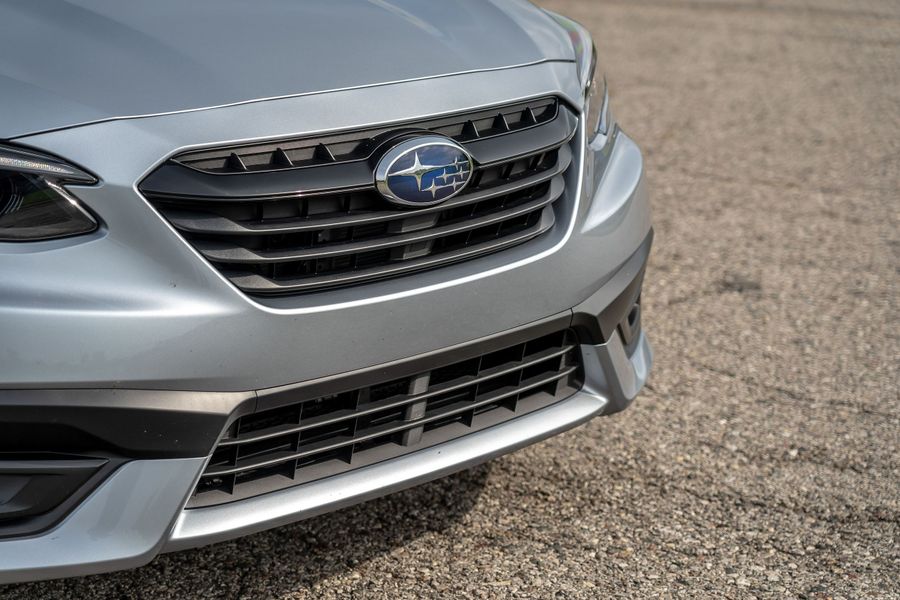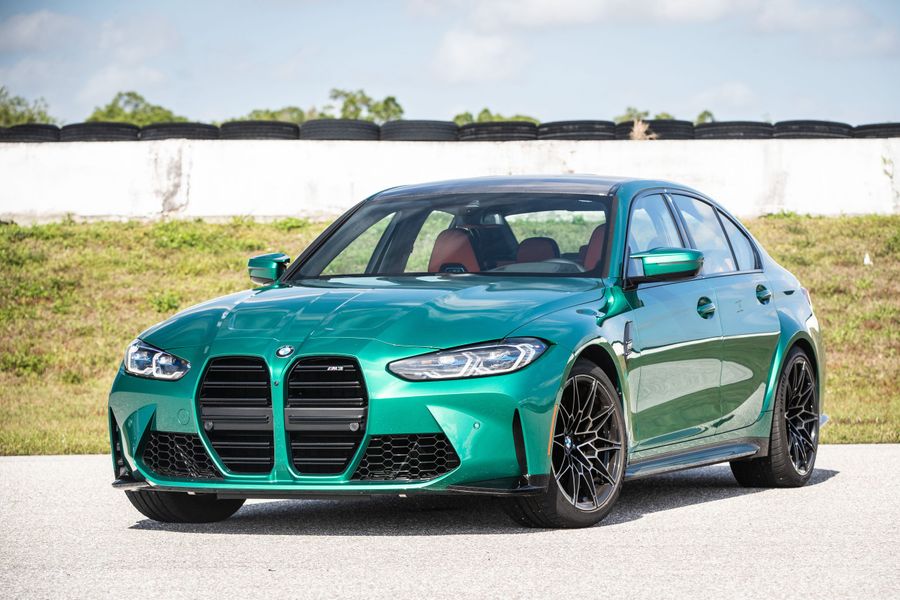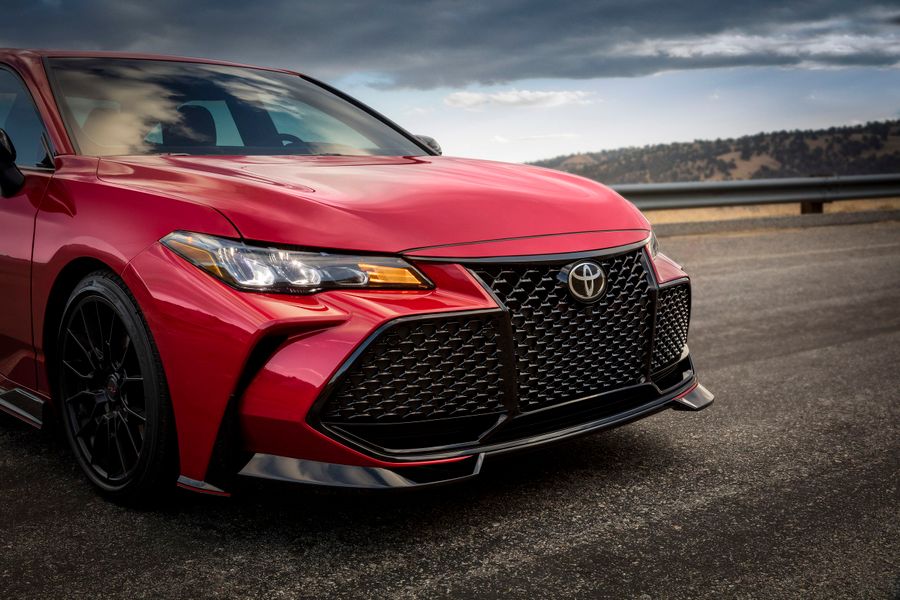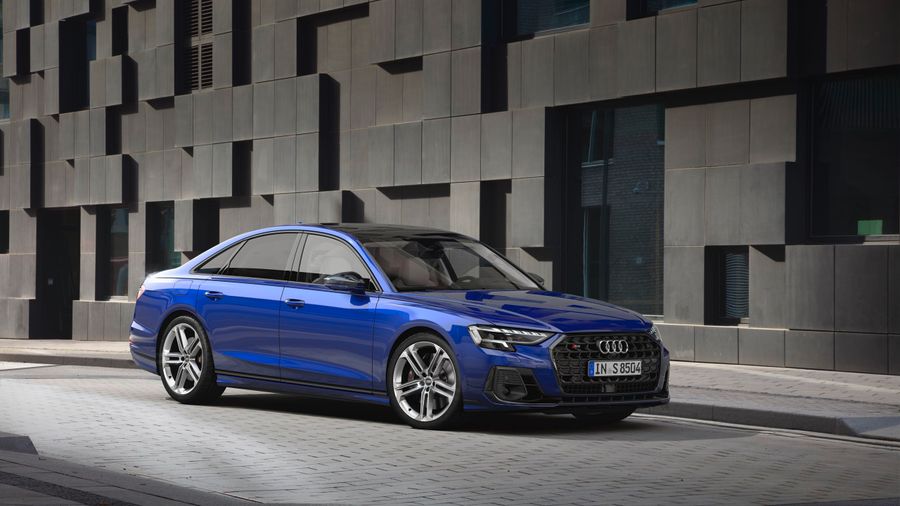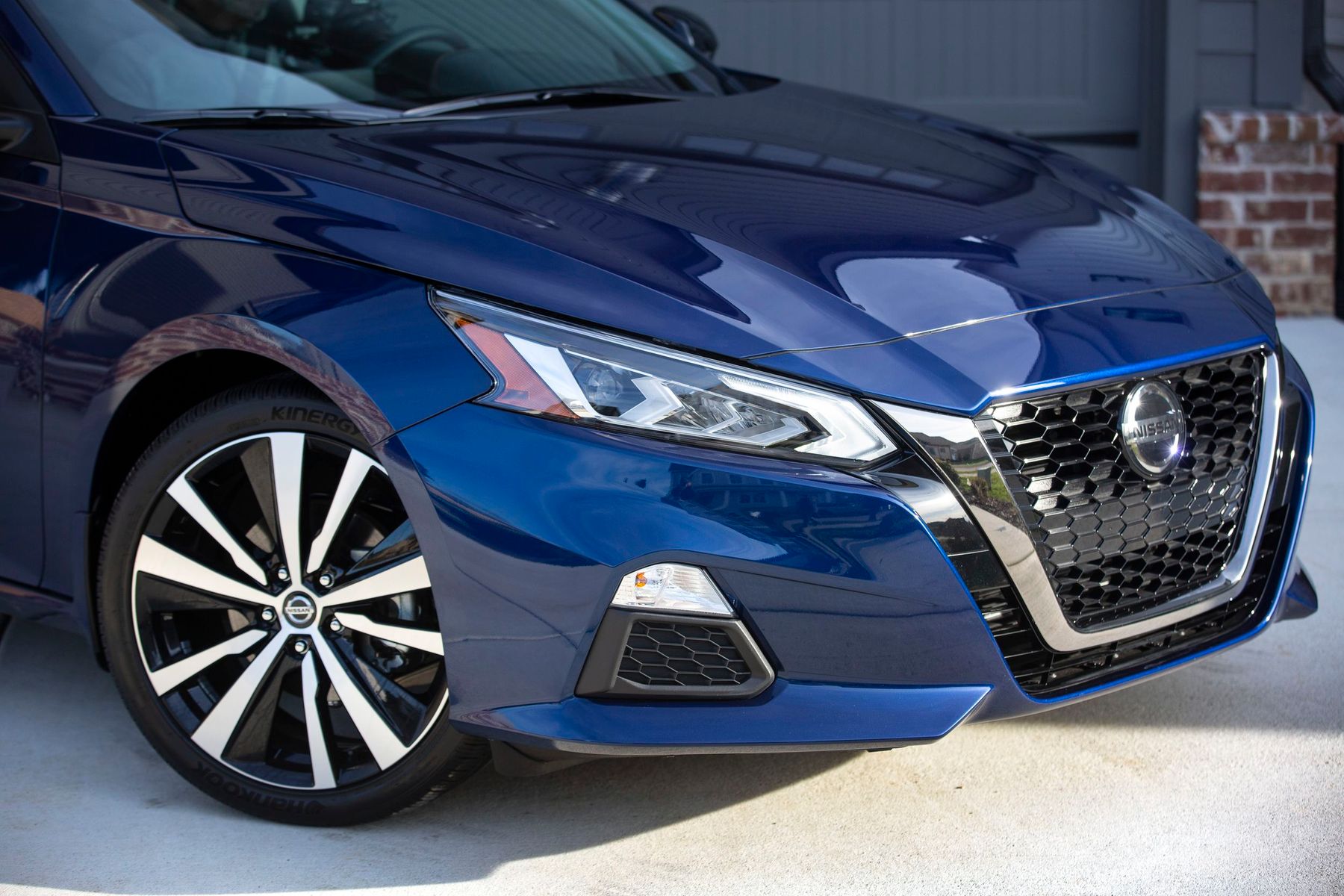
Altima. Business sedan from Nissan
The Nissan Altima, a mid-size sedan manufactured by Nissan (Japan) since 1992, is a continuation of the Bluebird model, which has been produced since 1955. Following four generations sold in the Americas, the Middle East and Australia, the Altima entered other markets under the Teana name.
The history of the car dates back to 1992, and the roots go even deeper. This is a US model that was designed by the Japanese to fill the niche between the humble Sentra and the luxurious Maxima. At the moment, the sixth generation of the model is sold in Israel in two trim levels with a 2.5-liter engine, front-wheel drive and a CVT (as of 2021).
The first generation
It was produced from 1992 to 1997. The first Altima was an export version of the Japanese Nissan Bluebird SSS (U13 body), designed by Nissan’s design bureau in California (Blue Studio under the direction of Allan Flowers, 1989). The Altima was equipped with a 150-hp KA24DE engine, a 5-speed manual or 4-speed automatic transmission (acceleration to 100 km/h occurred in 8.2 or 9.4 seconds, respectively). This was its major difference from the Japanese Bluebird, which was equipped with a 2-liter SR20DET turbo-driven engine and could be all-wheel drive. The first Altima could offer an independent suspension with anti-roll bar, 4-seater interior and four very different trim levels.
The second generation
It was produced from 1997 to 2001, and was restyled in 1999. The second generation (L30 body) was targeted only at the American market and was developed by the same design bureau. The Japanese Bluebird (U14) had a different design and body width. The ergonomics of the second Altima were improved, but interior materials became cheaper. Once again, the car was offered in four different trim levels (the top one had a leather interior).
In 1999, the equipment was slightly improved, but the main changes took place in 2000. The engine power was raised from 150 to 160 hp (acceleration from 0 to 100 km/h occurred in 8.4 seconds). The gearboxes (speed ratios) and the suspension were modernized. The front face featured a new radiator grille and other optics: single headlamp units, completely red taillights. The car had new seats with driver’s height adjustment, a different finish and a digital odometer, side airbags, and other little things.
The third generation
It was produced from 2001 to 2006, and was restyled in 2004. The third Altima was well received by the press and became one of the most powerful family sedans. It was the first model to be equipped with the new FF-L platform, which had no analogue in Japan. The Nissan Teana, designed to meet the needs of the Southeast Asian market, was similar to the Altima, but not identical. The third generation of the sedan was larger. Thus, its interior was even larger than that of the ‘older’ 2000/2003 Maxima. The Altima boasted the most capacious fuel tank in its class (76 liters), but more importantly, it acquired a multi-link rear suspension and an optional V6 engine. The cars had a two-tone body paint. The power of the 3.5 SE version grew to 245 hp, and then up to 250 hp, but with a 4-cylinder 2.5-liter engine, the sedan accelerated to 100 km/h in 8.6 seconds.
In 2004/2005, the Nissan Altima underwent restyling, acquiring a new exterior and a DVD navigation system. The V6 engine now generated 250 hp, and acceleration to 100 km/h occurred in 6.2 seconds. There was the SE-R modification (260 hp) with a 6-speed manual transmission (automatic transmission was optional), improved brakes, 18-inch wheels and a stiffer suspension. With automatic transmission, the car accelerated to 100 km/h in 5.8 seconds.
The Nissan Altima was one of the most powerful family sedans.
In 2009, another restyling took place, resulting in the renewed exterior and interior. The Electronic Stability Program (a privilege of the V6 versions) was now included in the base trim level of the entire range. The manual transmission was a thing of the past, so it was replaced by a CVT (the 6-speed manual transmission was available only on the SR version).
The fourth generation
It was produced from 2006 to 2013, while its restyling took place in 2009. The fourth Altima was the first model to be built on the Nissan D platform. The wheelbase was reduced by 25 mm, but the interior space remained practically unchanged. The car could be equipped with the modified versions of engines from the third generation model: VQ35DE (3.5 l, V6, 270 hp) and QR25DE 2.5 l (175 hp). The car used a new ‘smart key’ technology, a Bluetooth function for cell phones, a parking camera, ABS with electronic brake force distribution. In 2009, the Altima was restyled, acquiring renewed front face design, wheel rims and interior materials. Electronic stability control came as standard for all the versions.
The fifth generation
It was produced from 2012 to 2018, and was restyled in 2015. Just like the Toyota Camry and Honda Accord, the fifth Altima had a 2.5-liter engine as standard, while a 3.5-liter V6 engine was offered for the top versions. The base QR25DE engine developed 182 hp, whereas the VQ35DE could generate 270 hp. Thanks to the improved CVT, both engines were fuel-efficient. The Altima’s exterior largely echoed the Maxima’s exterior, and the corporate identity paid tribute to the past, resembling the design of the old Nissan of the 60-70s. The car was sold in the USA, Canada, Australia and the Middle East.
Despite the larger body size, the car became lighter and was the lightest among other cars from the same class. The secret lies in the use of high-strength steels and aluminum (roof, bonnet and boot lid). There were 5 trim levels of the model, as well as a coupe with a 2.5 liter engine and a CVT (produced until 2013). The manual gearbox was no longer available.
In 2015/2016, it underwent a scheduled restyling. The Altima had a new front face, compliant with the current design concept. Depending on the trim level, there were LED headlights (low beam and daytime running lights), new body colors and new 17- or 18-inch wheels. The car was equipped with a new steering wheel, re-shaped cup holders, a multimedia system with a 5- or 7-inch display, as well as seats covered with new materials. The powerful SR modification was back.
The sixth generation
It has been produced from 2018 to the present (as of 2021). The design of the new Nissan Altima is almost a copy of the Vmotion 2.0 concept car, presented in 2017 in the USA. The dimensions of the body remained almost the same: the car’s length and width grew by 25 mm, the height decreased by the same 25 mm, but the wheelbase grew by 48 mm. The sedan was 4,890 mm long, 1,482 mm high and 1,831 mm wide, offering a wheelbase of 2,780 mm. The cars are standardly equipped with 19-inch rims.
Note that the main competitors, such as Toyota Camry and Honda Accord, do not have all-wheel drive versions.
It is especially pleasant to see the innovative 2-liter turbo engine (248 hp and 370 Nm) with variable compression ratio, created by Infiniti. It replaced the 3.5-liter naturally aspirated V6 engine. The simpler trim levels acquired a 2.5-liter naturally aspirated direct fuel injection engine (188 hp, 244 Nm) and four-wheel drive. This feature was borrowed from SUVs. The interaxle coupling is capable of transferring about 50% of the traction to the rear wheels. Note that the main competitors, such as Toyota Camry and Honda Accord, do not have all-wheel drive versions. Only a CVT is available. The car is equipped with the MacPherson strut at the front and a multi-link suspension at the rear.
The company approached the interior design in a non-trivial way. Visually, the interior has become lighter and more airy. There is a dashboard with large numbers and massive arrows in front of the driver. There are speedometers and tachometers, and between them are small screens of the on-board computer. Handlebars with numerous control keys are user-friendly and have clipped lower parts. The central panel houses an 8-inch touchscreen display of a multimedia system, which can ‘understand’ any smartphone. Mechanical control units are located under the touchscreens.
The new Nissan Altima boasts the ProPilot semi-autonomous control system, which partially replaces the driver in some situations. The sedan is also equipped with active safety systems capable of preemptively stopping the car in order to avoid accidents: intelligent all-round visibility, pedestrian detection and lane departure warning system.



